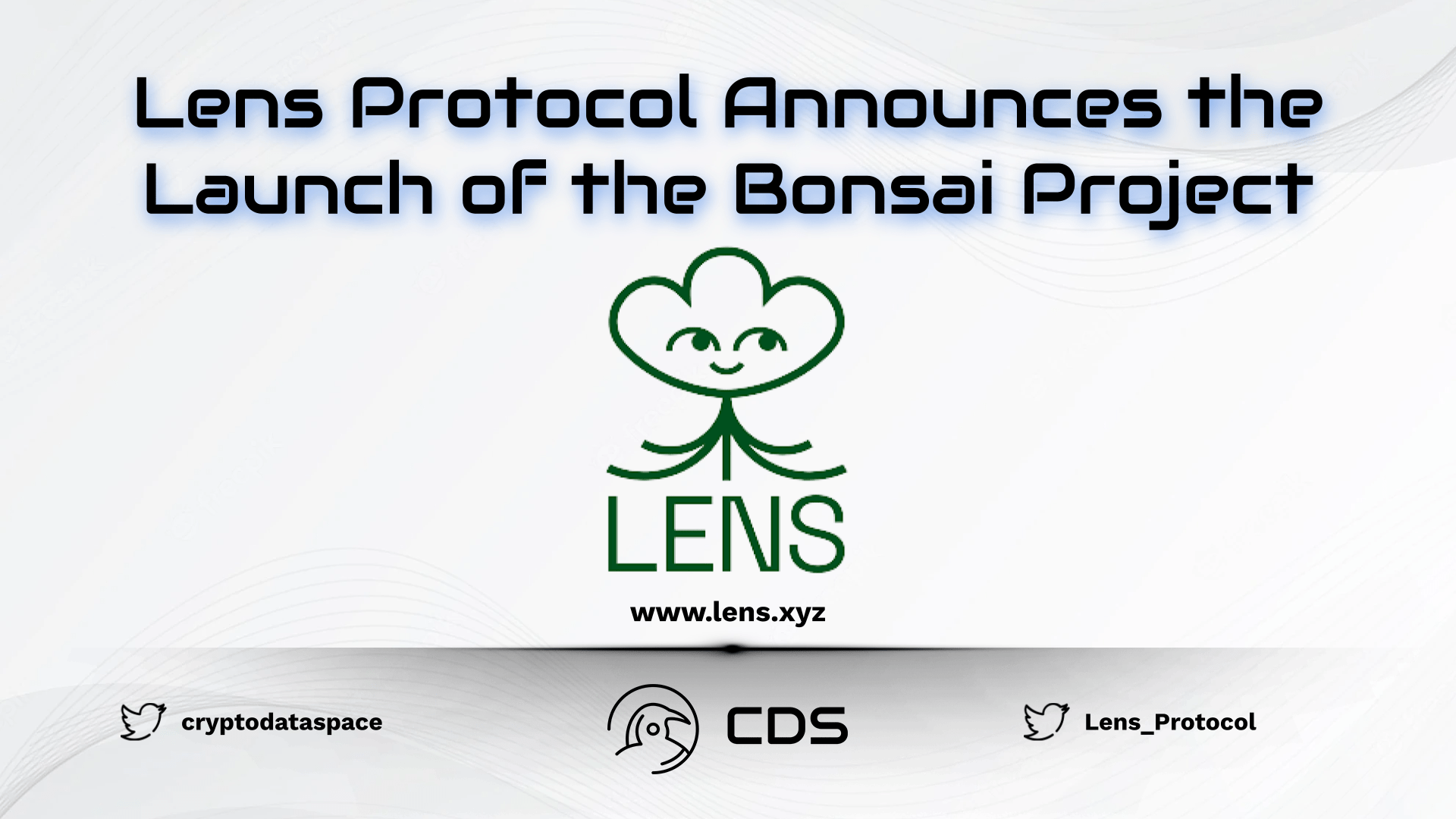In order to manage a greater volume of transactions for users of Lens-based decentralized applications, Lens Protocol published a beta version of Bonsai, a blockchain scaling solution.
Lens Protocol Announces the Launch of the Bonsai Project
Protocol announced the launch of the Bonsai project with a tweet from its official Twitter account.

With this solution, decentralized social networks will be adopted more quickly, and new opportunities for content monetization will be made available. According to Aave Companies, the developer of Lens Protocol, Bonsai was created specifically to help with the scalability of decentralized social media networks.
The approach addresses one of the main problems these platforms face by enabling the processing of a sizable number of transactions while incurring minimal costs. It might be feasible to avoid Ethereum’s and other blockchains’ block space restrictions in this way.
What is Lens Protocol?

With the use of the blockchain-based Lens Protocol, individuals can establish a portable social network between themselves and others. Connections made between users on one Lens app may be carried across to any other app developed using the protocol. Moreover, 17 different Lens-based social media platforms, including Buttrfly, DumplingTV, Lenster, Lenstube, and others, are listed on the protocol’s official website.
“Bonsai provides hyperscalability that supports blockchain’s core values and guarantees, delivering secure, fast, and cost-effective scalability.” Stani Kulechov, CEO of Aave and founder of Lens Protocol
About Technical Paper
An optimistic L3 hyperscaling data solution had to be developed, according to the Lens team, because the Polygon network was unable to handle the transaction volume or data-storage requirements of large-scale social media applications.
According to the technical paper, shared blockchain networks can only handle 200 transactions per second (TPS), while the previous version of the Lens Protocol could only handle 40 to 50 TPS. Twitter reportedly reaches 25,000 TPS during its busiest times frequently, in contrast. In order to address this issue, Bonsai was introduced as either a Layer 3 of Ethereum or a Layer 2 of Polygon.
Bonsai’s Node Types

According to the paper, there are three different types of nodes in the Bonsai network: submitters, verifiers, and timestamps. Transactions are verified, and metadata is created and submitted to Bundlr. Verifiers evaluate and confirm the accuracy of the data submitted by submitters. Additionally, timestamps are employed to determine the proper block number and timestamp for a particular piece of data.















Leave a comment